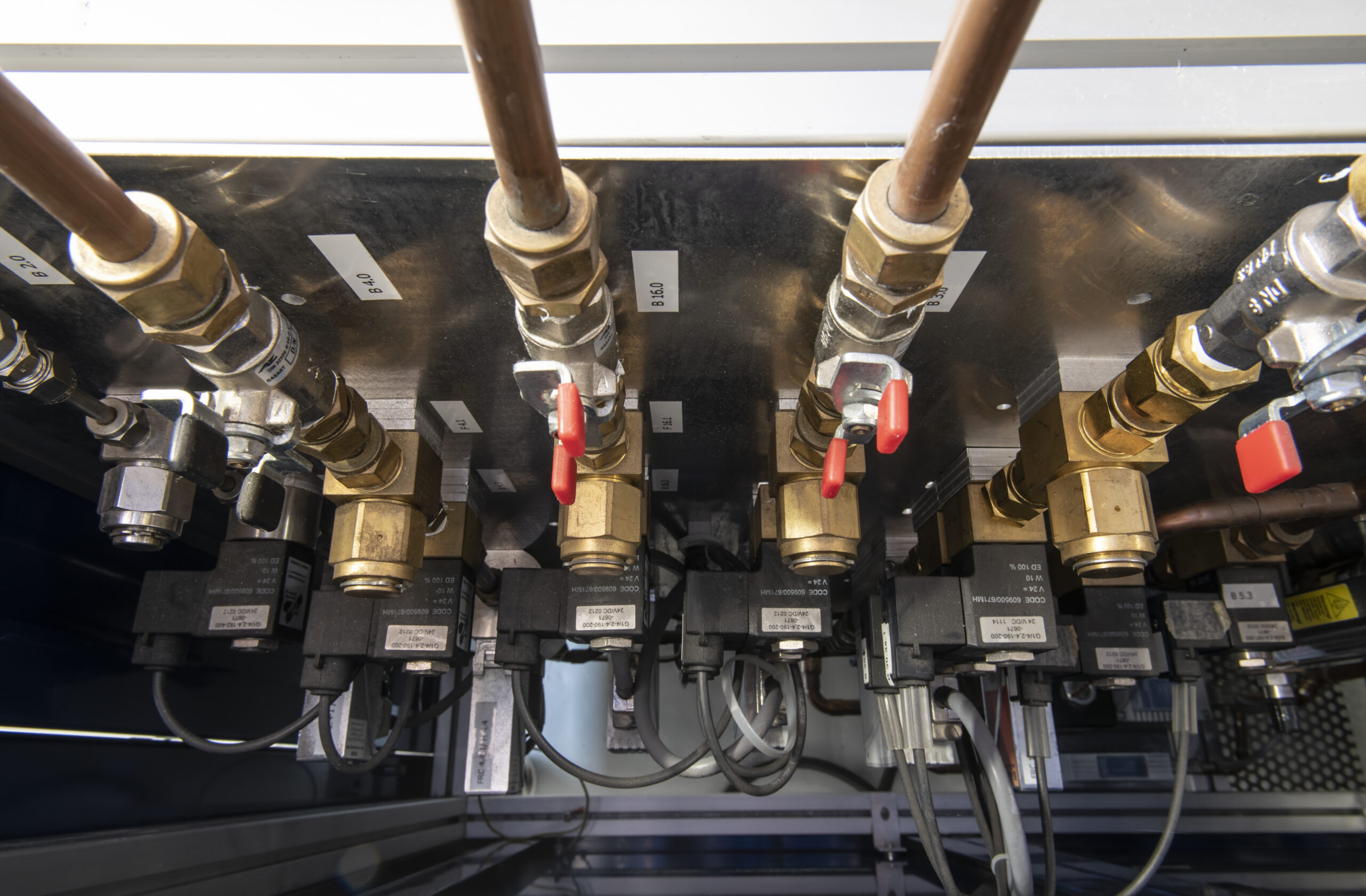DynFlex
Digitalisation and Test for Dynamic and Flexible Operation of PtX Components and Systems
The overall objective for DynFlex is to develop new methods for dynamic modelling, testing and flexible operation of individual PtX components and systems, supporting scale-up, business case and technology platforms for production of green fuels. The project will include (i) simulation, forecasting, monitoring, control, and optimization methods; (ii) fault-detection, condition monitoring, and predictive maintenance methods for components; and (iii) real-time hardware-in-the loop emulation and test facilities for components and system.
Project info
Start: 08 2022
End: 08 2025
The holistic approach includes the electricity grid, solar and wind power production, power converters (AC to DC), electrolysers, air separation, ammonia and methanol production, and their interfaces to the electricity-, heat- and gas-grids. The project will develop these forecasting- and optimization-based control systems and use test facilities of these components and systems to enable integrated PtX facilities to operate safely, flexibly and efficiently. This facilitates reliability of the power system and such that PtX plants have interfaces for sector coupling, e.g. district heating and the transport sector.
The project develops new methods for testing and operating individual PtX components and the total system (TRL 2-7). This improves the business case for PtX plants.
